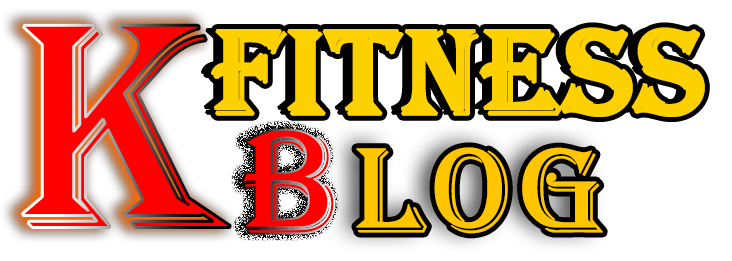In the realm of holistic wellness, the concept of muscle release has gained significant attention for its potential to alleviate discomfort and promote overall relaxation. Among the numerous muscles that benefit from this practice, the psoas muscle stands out. As a core stabilizer and a key player in hip mobility, releasing tension in the psoas muscle can lead to profound physical and emotional benefits. In this article, we delve into the intricacies of psoas muscle release techniques and their potential impact on your well-being.
Understanding Psoas Muscle Release
The Psoas Unveiled: The psoas muscle, part of the iliopsoas group, connects the lower spine to the femur. It’s integral to various movements, from hip flexion to maintaining proper posture. However, due to modern lifestyles that involve prolonged sitting and stress, the psoas can become tense and constricted, leading to discomfort and reduced mobility.
Read Also: Unraveling the Knots Understanding and Alleviating Psoas Muscle Pain
The Essence of Release: Psoas muscle release is the process of deliberately relaxing and lengthening the psoas muscle to alleviate tension and discomfort. This practice not only targets the physical aspect of tension but also recognizes the connection between emotional stress and physical tension.
Benefits of Psoas Muscle Release
- Pain Relief: Releasing tension in the psoas muscle can alleviate lower back pain, hip discomfort, and even address radiating pain down the legs.
- Enhanced Flexibility: A relaxed psoas contributes to improved hip mobility, allowing for smoother movements during various physical activities.
- Posture Improvement: A released psoas muscle can help maintain a more neutral pelvis position, supporting proper posture.
- Stress Reduction: Emotional tension often manifests physically. Releasing the psoas can help release both physical and emotional stress, promoting relaxation.
Techniques for Psoas Muscle Release
- Self-Myofascial Release: Use a foam roller or a massage ball to apply gentle pressure to the psoas area. Roll slowly and mindfully, pausing on any areas of tension.
- Breathwork: As you stretch or release the psoas, focus on deep and controlled breathing. Inhale deeply, allowing your breath to expand into the belly, and exhale slowly to encourage relaxation.
- Psoas Stretching: Incorporate gentle psoas stretches into your routine, such as the low lunge or supine psoas stretch.
- Massage Therapy: Professional massage therapists can target the psoas muscle through techniques that encourage relaxation and lengthening.
Mind-Body Connection
The psoas muscle is often referred to as the “fight or flight” muscle due to its connection to the body’s stress response. Engaging in psoas release can tap into the mind-body connection, helping you release both physical and emotional tension. Incorporate mindfulness practices, such as meditation or yoga, alongside your psoas release routine to amplify the benefits.
As you embark on your journey of holistic well-being, don’t overlook the power of psoas muscle release. By incorporating targeted techniques into your routine, you can free yourself from the shackles of tension and discomfort. As you practice psoas muscle release, remember that it’s not just about the physical muscle; it’s about fostering a deeper connection between your body and mind, leading to a more harmonious and balanced existence.






